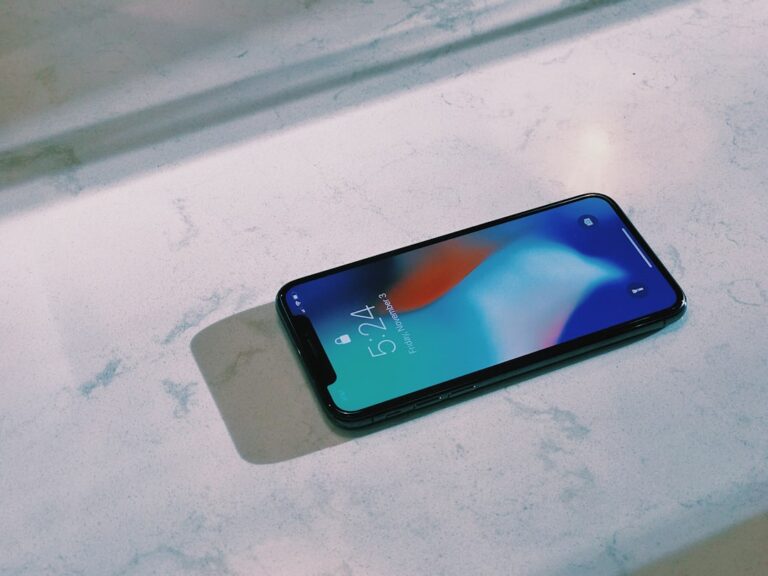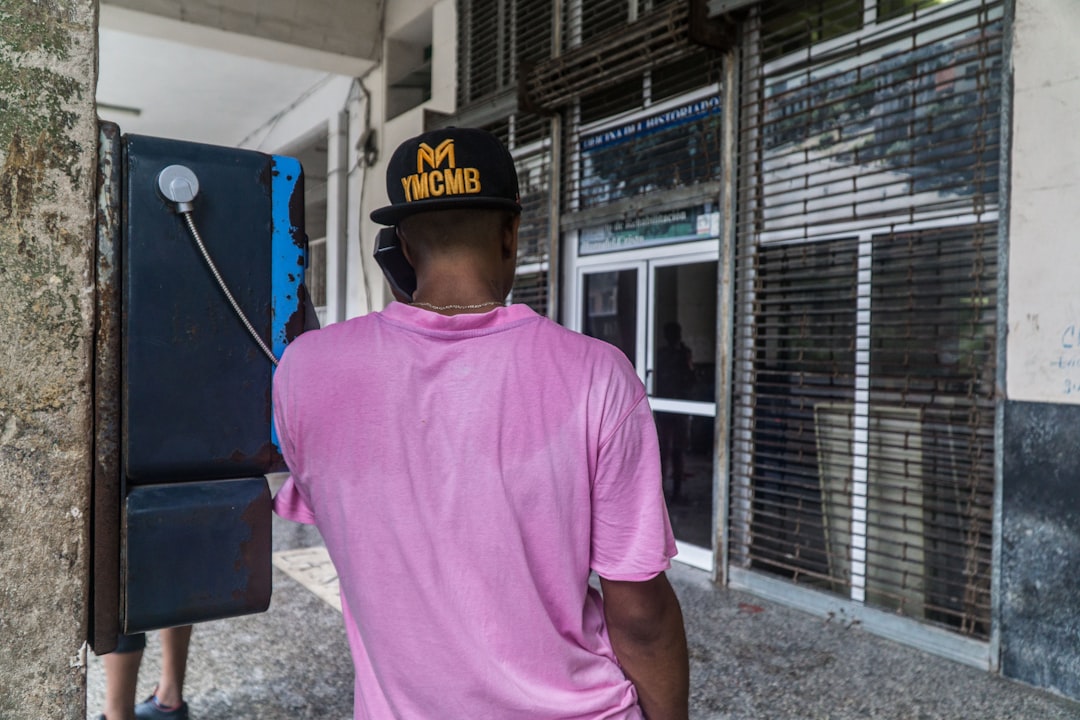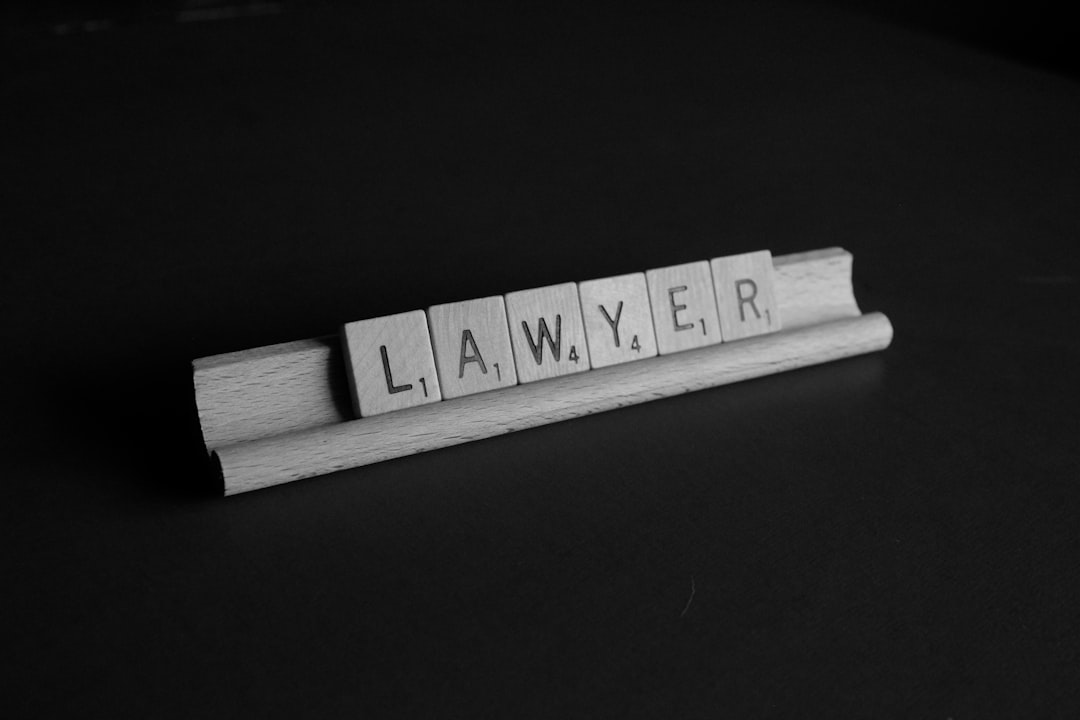In New York City, navigating spam text laws is key before legal action. Preserve all communications evidence, including timestamps and sender info. Document opt-out attempts to strengthen your case. Gather screenshots, records, and recipient testimonies for a successful lawsuit. Act promptly, organize digital data, and focus on Spam Text New York.
Navigating the complex landscape of spam text laws in New York City can be challenging, but understanding your rights is crucial. If you’ve been plagued by unwanted and persistent spam texts, there’s legal action you can take. This article delves into the evidence required to sue for spam texts in NYC. From gathering proof to types of acceptable court evidence, we outline steps to help you navigate this process effectively. Remember that understanding your rights is the first step to silencing those pesky spammers.
Understanding Spam Text Laws in New York City

In New York City, understanding and navigating spam text laws is crucial before taking legal action. The state has implemented strict regulations to protect consumers from unsolicited text messages, commonly known as spam texts. According to New York’s General Business Law, businesses are prohibited from sending mass text messages for marketing purposes without prior consent from the recipient. This includes promotional offers, advertisements, or any other form of commercial communication via SMS.
To sue for spam texts in NYC, you’ll need concrete evidence that these laws have been violated. This may include saved copies of the unwanted text messages, records of the time and date they were received, and any proof of consent (or lack thereof) given to receive such messages. It’s also essential to document attempts made to opt out or unsubscribe from receiving further texts, as this can strengthen your case.
Gathering Proof for Your Spam Text Lawsuit

When considering legal action against spam texts in NYC, gathering robust evidence is paramount. Start by preserving all communications related to the alleged spam, including screenshots and records of the text messages received. Note down any identifying details like phone numbers, timestamps, and content of the messages for each instance.
Additionally, collect information about the sender’s identity if possible. This could involve checking your phone settings for any saved contacts or looking into call history to see if a pattern emerges. Any documentation of attempts to opt-out or stop receiving these texts can also serve as strong evidence in a spam text lawsuit in New York City.
Types of Evidence Required for Court

When suing for spam texts in New York City, gathering compelling evidence is crucial. To establish a case, you’ll need to demonstrate that the messages meet the legal definition of spam under New York’s telecommunications law. This involves presenting several key pieces of evidence.
First, capture and preserve all relevant communications, including screenshots or records of the spam texts received. Next, gather information about the sender, such as phone numbers, email addresses, or any other identifying details. Additionally, collect data on the frequency and pattern of the messages to show they were unsolicited and sent in violation of your rights. Testimony from recipients can also strengthen your case by providing firsthand accounts of the disruptive nature of these spam texts.
Steps to Take After Collecting Evidence

After gathering evidence, the next crucial step is to act promptly. Document all interactions related to the spam texts, including timestamps and content. Save any messages, calls, or emails that could serve as proof of the unwanted communication. This digital trail will be invaluable when presenting your case.
Organize your collection in a structured manner, ensuring it’s easily accessible for legal review. Take screenshots or make copies of all relevant data. Remember, in New York City, where technology is increasingly integrated into legal proceedings, a well-documented and organized file can significantly enhance your chances of a successful lawsuit against spam text offenders.






